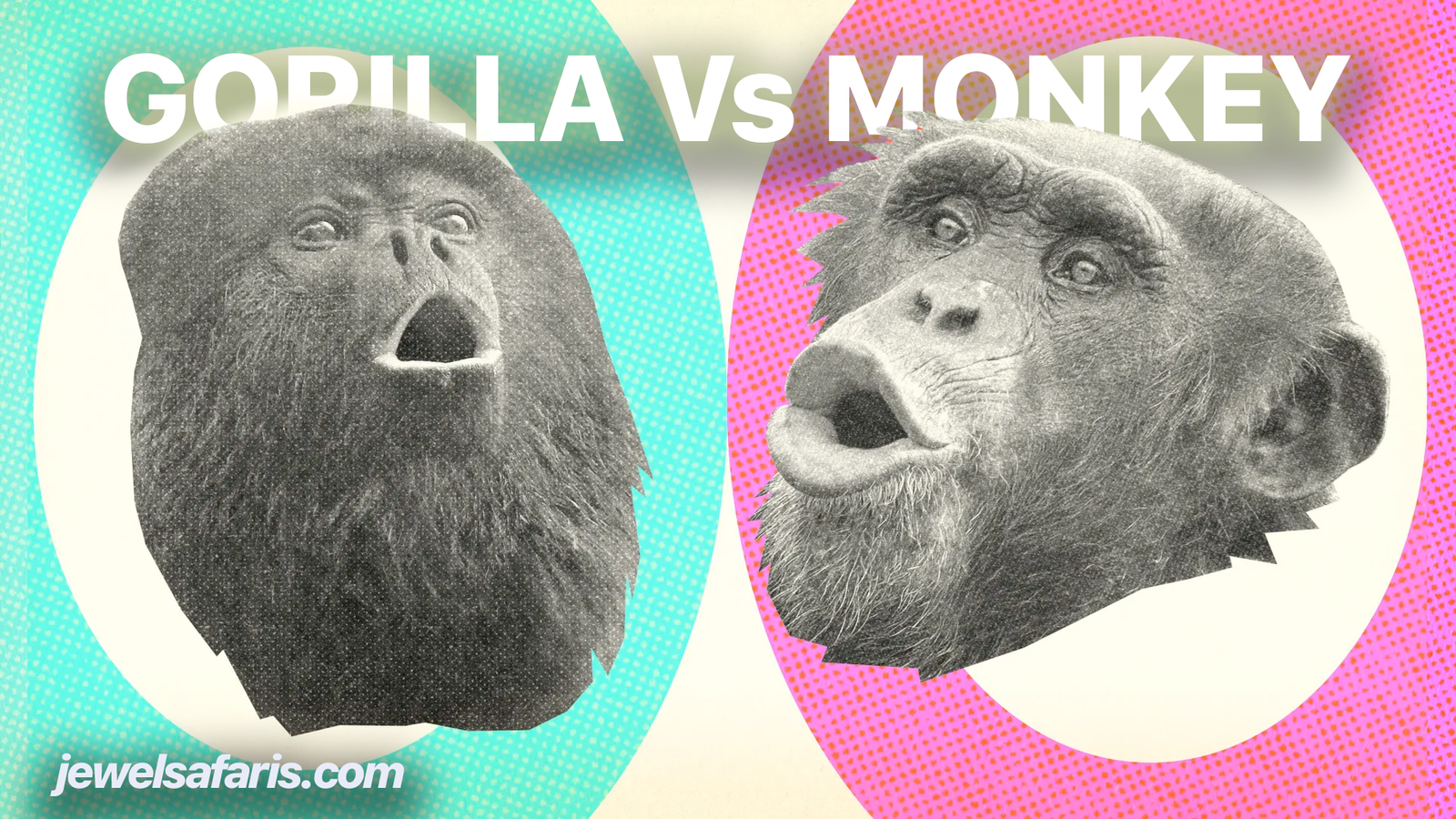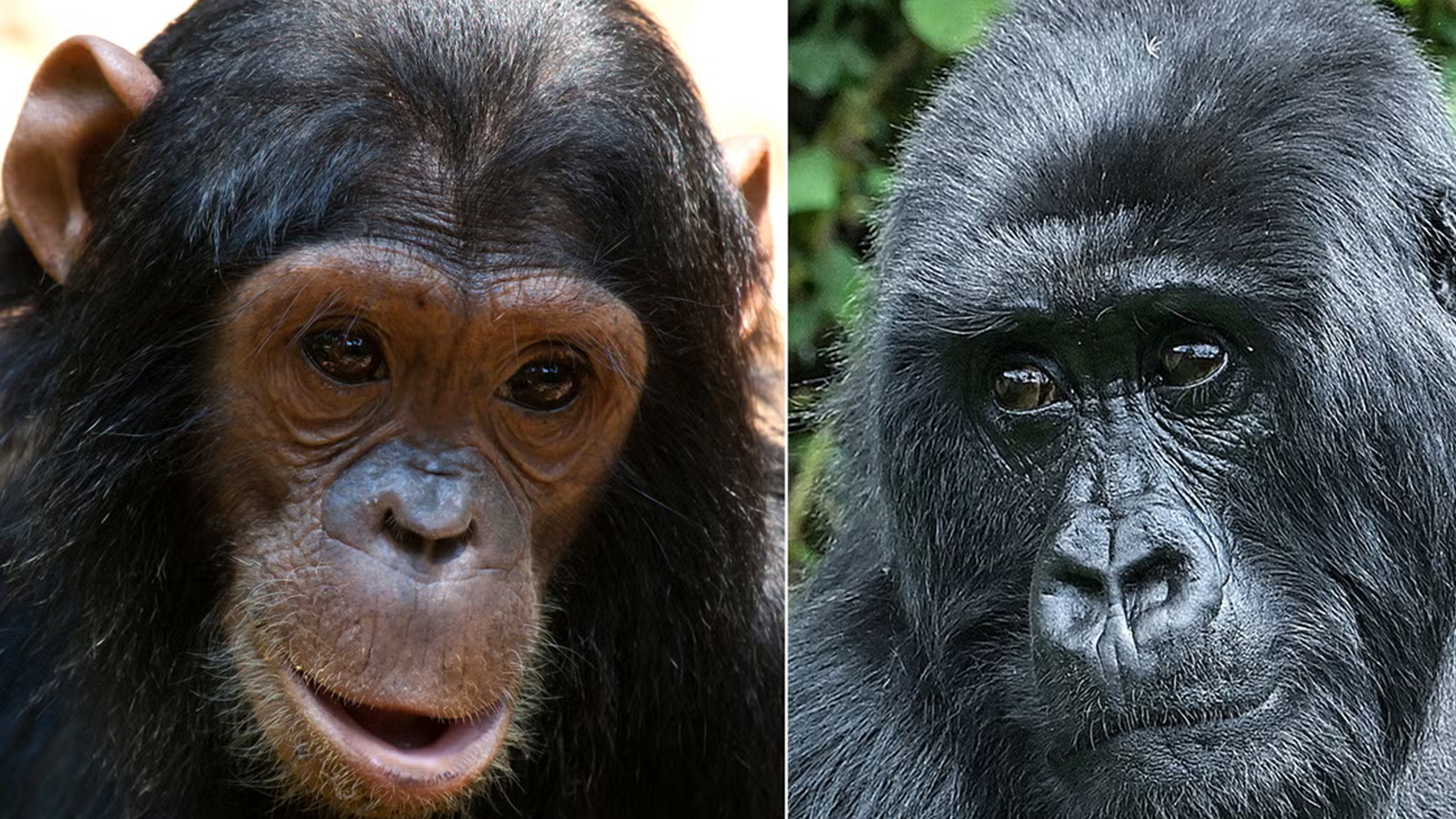Is a Gorilla a Monkey? Exploring the Primate Connection
When most people encounter a gorilla for the first time, whether in the wild or in a zoo, a common question arises: “Is a gorilla a monkey?” While gorillas, monkeys, and other primates share certain characteristics, there are critical distinctions that set them apart.
Let’s dive into the fascinating world of primates to answer this question and understand what makes gorillas unique.
Gorillas Are Not Monkeys: Here’s Why
 Gorillas are not monkeys; they belong to a separate category of primates known as apes. The confusion often stems from the fact that both apes and monkeys are primates, which is the overarching biological order that includes all species in this group. However, there are key differences between apes and monkeys:
Gorillas are not monkeys; they belong to a separate category of primates known as apes. The confusion often stems from the fact that both apes and monkeys are primates, which is the overarching biological order that includes all species in this group. However, there are key differences between apes and monkeys:
- Tail vs. No Tail
- Most monkeys have tails, which they use for balance or even as an extra limb in the case of species like spider monkeys.
- Gorillas, like other apes, do not have tails.
- Size and Build
- Gorillas are much larger and more robust than monkeys. Adult male gorillas can weigh over 400 pounds and reach heights of up to 6 feet when standing upright.
- Monkeys are generally smaller and more lightweight.
- Cognitive Abilities
- Apes, including gorillas, have larger brains relative to their body size compared to monkeys. This gives gorillas advanced problem-solving skills, complex social structures, and even the ability to use tools.
- Shoulder Structure
- Apes, including gorillas, have more flexible shoulder joints, enabling them to swing from branch to branch (a behavior called brachiation).
- Monkeys typically lack this level of shoulder flexibility.
What Exactly Are Gorillas?
- Western Gorilla
- Subspecies: Western Lowland Gorilla and Cross River Gorilla
- Eastern Gorilla
- Subspecies: Mountain Gorilla and Eastern Lowland Gorilla (also known as Grauer’s Gorilla)
Why the Confusion?
The confusion between gorillas and monkeys likely arises from the broad use of the term “monkey” to describe primates in general. Popular media, cartoons, and even some educational materials often blur the lines between monkeys and apes, leading to widespread misconceptions.The Importance of Understanding Gorillas
Recognizing that gorillas are apes, not monkeys, is more than a matter of semantics; it’s crucial for their conservation. Gorillas face significant threats, including habitat destruction, poaching, and diseases. Conservation efforts depend on spreading accurate information about these majestic animals and their needs. Organizations like the World Wildlife Fund (WWF) and Dian Fossey Gorilla Fund work tirelessly to protect gorilla populations. By educating ourselves and others about the unique characteristics of gorillas, we can contribute to their survival.Fun Facts About Gorillas
To further appreciate the distinction between gorillas and monkeys, here are some fun facts about gorillas:- Gorillas share 98% of their DNA with humans.
- They communicate using over 25 distinct vocalizations, including grunts, hoots, and barks.
- Mountain gorillas can only be found in three countries: Uganda, Rwanda, and the Democratic Republic of Congo.
- Gorillas are primarily herbivores, with diets consisting of leaves, stems, fruit, and bamboo.



